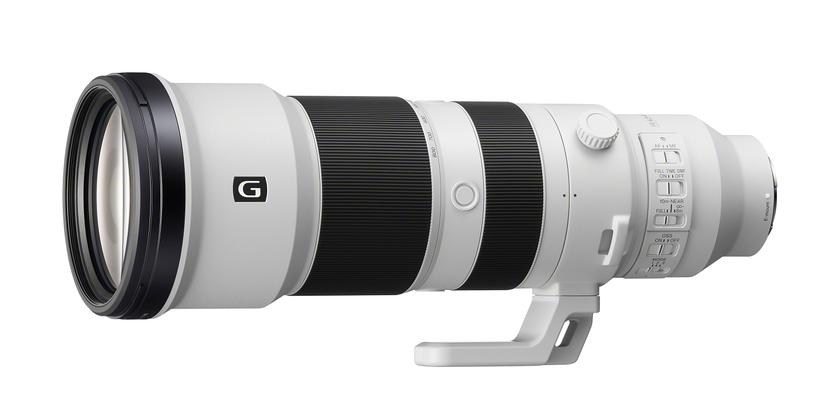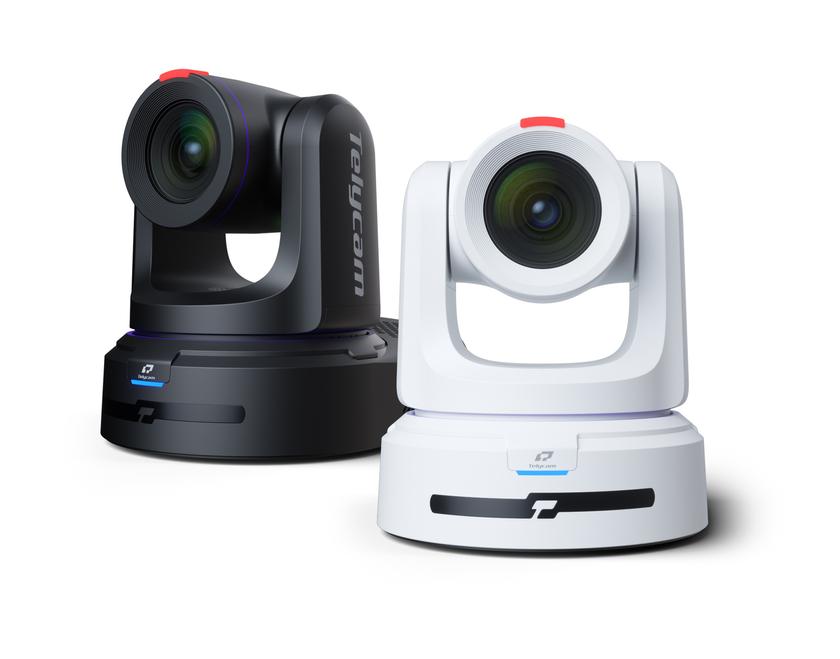Eye On: Remote Options for Audio Consoles

Studer Vista 5 console
LOS ANGELES—As the drive for cost efficiencies has led to operations staff reductions at many television facilities in recent years, audio console manufacturers have been expanding their implementation of third-party broadcast automation system protocols. Increasingly, remote control of many console functions can relieve the console operator—often working alone— from the more mundane tasks in order to instead focus on adding production value.
“It’s all about working smarter and being more efficient,” said Brad Harrison, a sales executive with New Bern, N.C.-based Wheatstone.
Recalling a visit to a Fox station following an update to its Wheatstone D-5.1 console with direct interface from the Sony automation system, he continued, “We were standing around the audio booth, talking, and we could hear on-air audio very softly coming out of the monitors. All of a sudden, we saw the fader move up on the D-5.1 and we heard the ‘News at 5’ cut in over the air. Then, just as suddenly, the fader moved down on its own—and that was that. In the past they would have had to have somebody sit down at the console to do that cut-in, which is incredibly inefficient.
For remote capabilities, Wheatstone offers its ACI (Automation Control Interface), an IP-based protocol that enables thirdparty control of virtually any parameter on any Wheatstone console. Reportedly all automation vendors have implemented basic console control, such as channel on/off and level control, with one also adding the ability to put channels in cue and select preset sources for the channel.
According to the company, clients have interfaced Wheatstone consoles to Ross Overdrive, Grass Valley Ignite, Mosart and Sony ELC automation systems. “Several Fox O&Os are using our D-5.1 console with the Sony ELC package,” Harrison said. “Sinclair Broadcast has rolled out a number of stations using Ross Overdrive with our control surfaces, as has Tribune/Local TV’s WGN. LIN TV uses Grass Valley Ignite with our D-8 console,” said Harrison.
‘FACT OF LIFE’

At KLVX in Las Vegas an SSL C10 HD console is in regular use with a Ross Overdrive system. “Broadcast production automation has gone from ‘a growing new trend’ to ‘a common fact of life’ in a few short years for many of our clients, and it looks like it will continue to grow,” commented Steve Zaretsky, vice president of broadcast sales for SSL Inc., a U.K.-based audio console vendor. “The workflow and cost benefits are obvious with stations taking advantage of SSL’s Dialogue Automix and 5.1 Upmix production assistant technology, in combination with production automation technology, to help deliver high quality results with smaller operational teams, while larger studios are benefiting from systems which help specialist operators handle more complex productions.”
SSL has offered broadcast automation options for its largescale C100 HDS and mid-scale C10 HD digital broadcast consoles since 2010, first with Ross Overdrive and Sony ELC, then in 2011, Mosart Medialab. In the United States, adoption is more or less evenly split between large- and mid-scale operations, according to the company. In SSL consoles, broadcast automation enables external control of faders, on/off switches, pans, mix-minus assignments and PFL. Additionally, a specific range of console channels can be defined to run under automation control.
In the SSL paradigm, channels under automated control can be hidden “below” the surface, allowing the operator full access to the surface controls in order to mix more complex segments, such as live talent mics or musical performances, while the automation handles transitions and preset segments in the background.
COMMON PROTOCOLS
As Katy Templeman-Holmes, U.S. marketing for Soundcraft Studer, observed, broadcast production automation can free up the operator by handling routine tasks. “Today’s planning and production systems can be very complex,” she said. “New formats in story production and new delivery channels for programs are additional challenges for the background technology. Nevertheless, moderators, journalists and technicians should be allowed to focus on creative work and program delivery instead of on technical details.”
Harman’s Studer already supported the Pro-Bel SW-P-08 protocol when the company expanded its implementation of the EMBER newsroom production automation protocol in 2012. EMBER, supported by the full range of Vista products (and also OnAir radio desks) enables the control of certain audio console settings over TCP/IP. In late 2012 Studer announced an expansion of the EMBER protocol in its equipment that made it compatible with the Mosart Medialab system.
In Studer desks, EMBER allows external equipment to transfer signal labels and to control input channel gains, solo, mutes, plus aux send levels and mutes, along with mix-minus bus levels and mutes. Automation is not restricted to input channels— group, aux and output master levels and mutes may also be controlled. A reset feature allows instant total reconfiguration of the console between shows or segments.
Henry Goodman, head of sales and marketing for U.K.-based Calrec Audio, noted that broadcast clients are increasingly looking at the bigger picture where networking and integration into the broadcast workstream are concerned.
“Utilizing common protocols such as SW-P-08, EMBER and our own Calrec Serial Control Protocol [CSCP], parameters on our desks and the Hydra2 integrated router can be controlled via third-party equipment allowing further flexibility and streamlining into the production workflow.” Goodman said.
Just like Wheatstone, which has made its ACI protocol available to third parties, Calrec has encouraged manufacturers of video switchers and production automation systems to implement CSCP in order to provide remote control over the operation of its audio consoles. Third-party implementations of CSCP include systems from Ross, Sony, Snell, Grass Valley and Mosart.
“We decided to interface via these protocols in order to achieve maximum interoperability with other manufacturers’ equipment with our CSCP being made available for others to integrate with their systems,” Goodman said. “This allows the customer to choose exactly the equipment they want knowing that our console will be able to interface with it.”
EMBER controllers, which have the ability to address any control surface on a Calrec Hydra2 network, offer exciting potential for the future of cross-platform broadcast control, the company believes. Major broadcasters have implemented remote control of their Calrec consoles from EMBER-capable L-S-B VSM and Siemens Colledia/BNCS systems.
Although SW-P-08 is not an official standard, it has seen wide uptake according to Calrec, albeit with some variations in functionality between manufacturers. The Pro- Bel protocol permits integration with Calrec desks by Evertz and Nvision (currently under test) equipment, in addition to those already listed.
Get the TV Tech Newsletter
The professional video industry's #1 source for news, trends and product and tech information. Sign up below.
Steve Harvey began writing for Pro Sound News and Surround Professional in 2000 and is currently senior content producer for Mix and a contributor to TV Tech. He has worked in the pro audio industry—as a touring musician, in live production, installed sound, and equipment sales and marketing—since November 1980.













